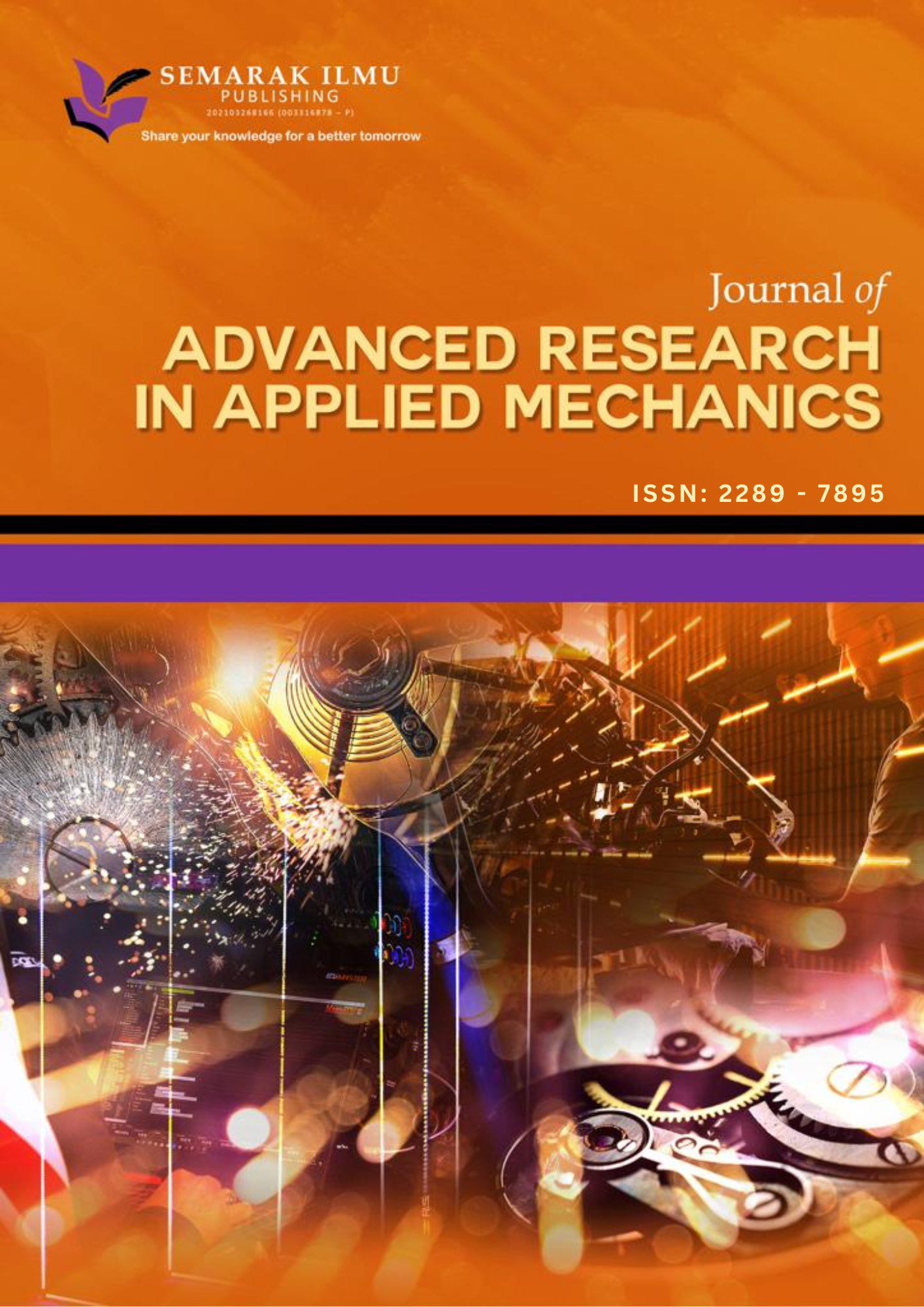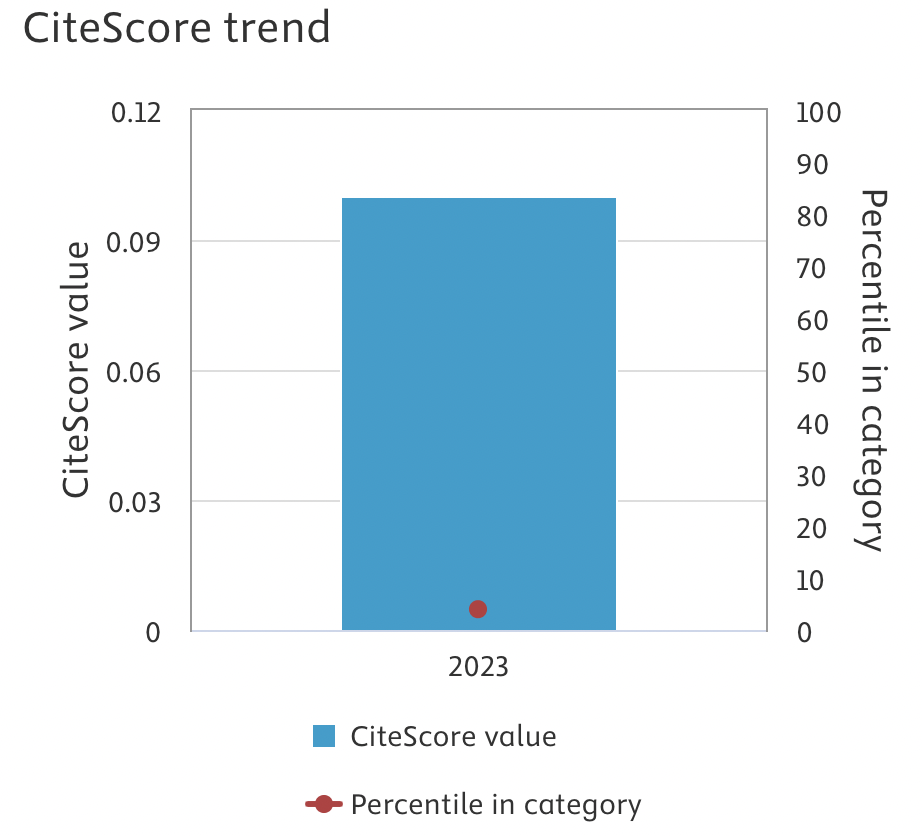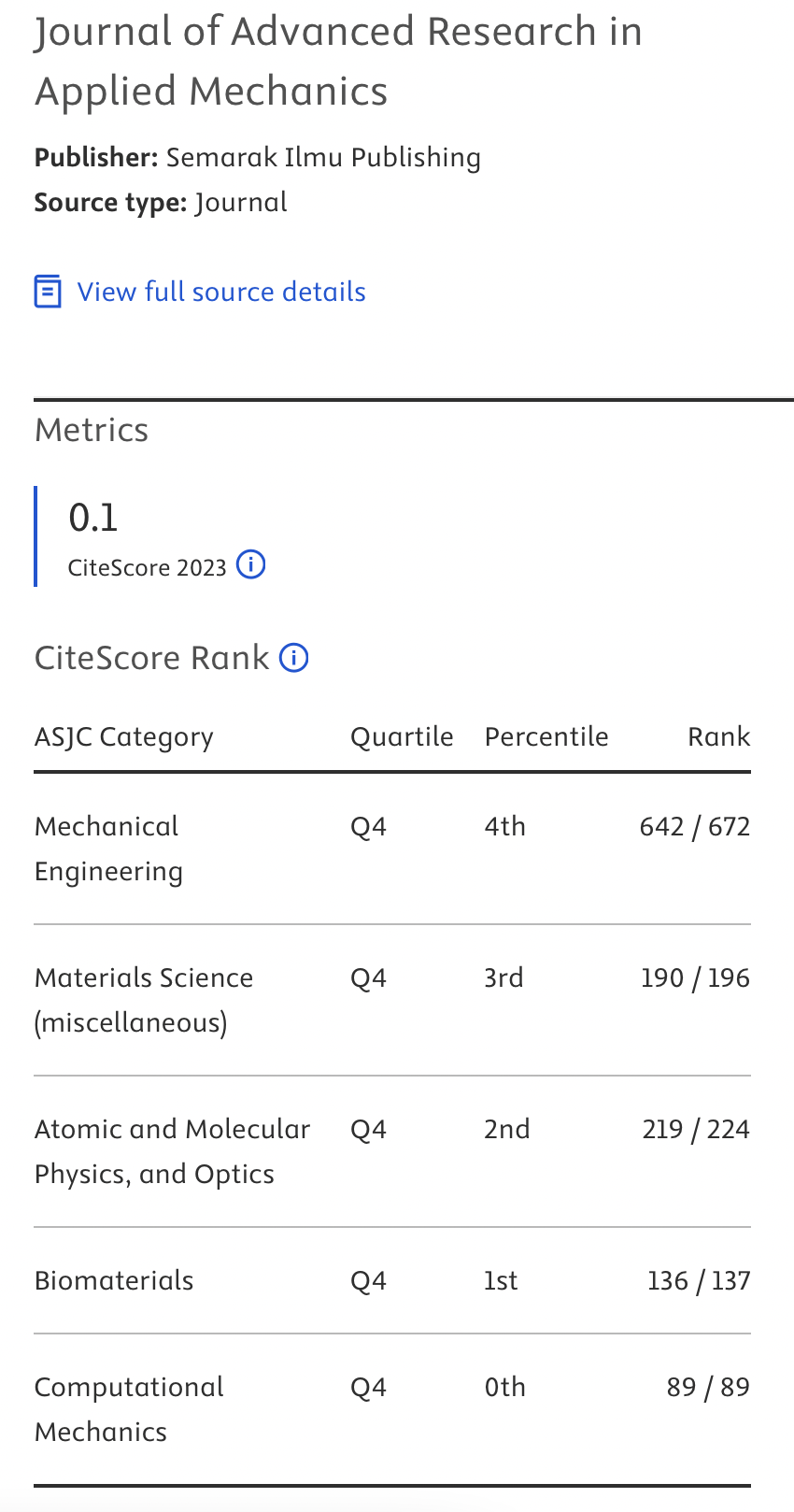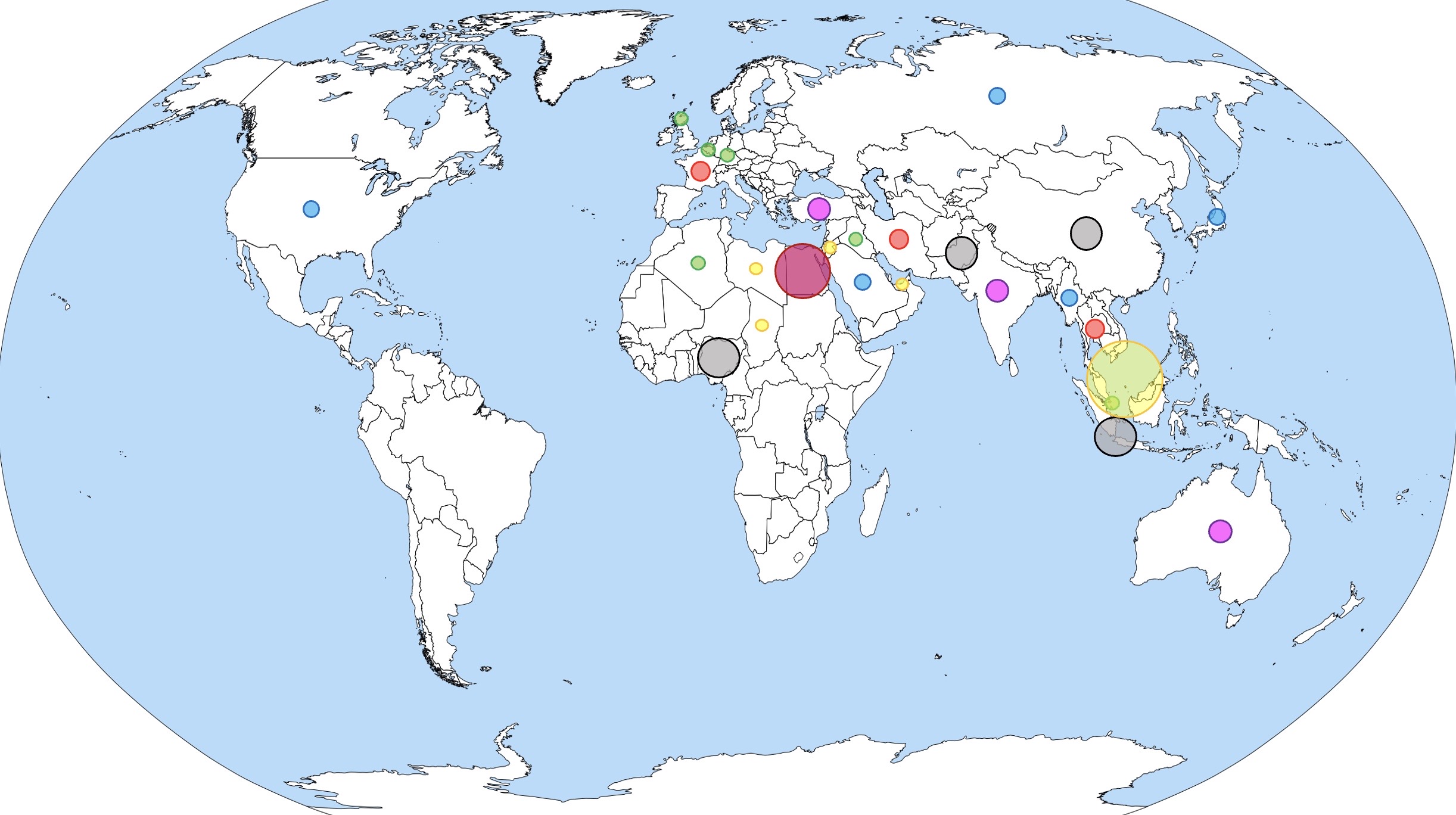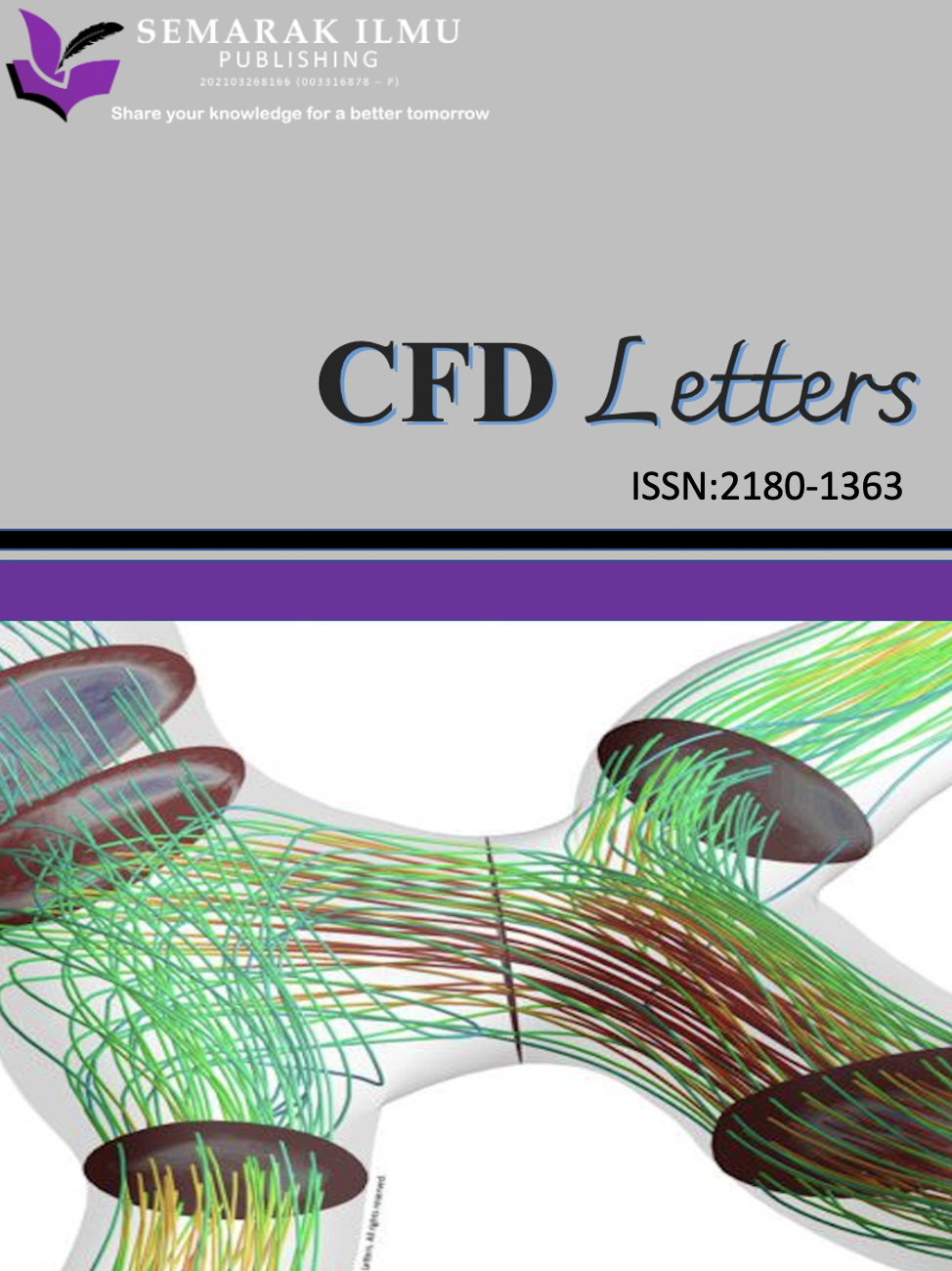Research of Digital Generative Islamic Tessellation Patterning Structure System
DOI:
https://doi.org/10.37934/aram.131.1.197211Keywords:
Human settlement and building design, cultural heritage, Mashrabiya pattern, tessellation structureAbstract
According to Gottfried Semper, who coined the term ‘Architextile’ to describe the use of textiles and other malleable materials in architectural design, textiles were the first materials used to construct human dwellings. In Islamic architecture and building design, tessellation patterning is thought to represent the early days of textile and lightweight structures, reflecting the nomadic lifestyle of early Islamic society. Bedouins made portable structures covered with woven textiles for temporary dwellings, showcasing the early use of architextile. Tessellation patterning and Islamic architecture have a significant relationship in terms of identity representation. Establishing the decorative shell (tessellation) creates a virtual atmosphere that transcends 'Physical Reality,' where structural elements like columns and beams lie beneath decorative facades. Over time, Islamic architecture's decorative shell has often remained purely ornamental, lacking structural significance. This study explores human settlement and building design by examining the tectonic characteristics of Islamic patterns. The research aims to bridge the gap between the decorative and practical aspects of Islamic architecture by studying geometric tessellation grid systems and their parametric alterations. The goal is to transform two-dimensional tessellation patterns into three-dimensional articulated structures. By manipulating pattern lines, the subdivided surface can be articulated into a structural system, forming a lattice structure. Additionally, human settlement and cultural heritage are preserved through the study of these architectural patterns. This showcases how historical building designs reflect and maintain cultural identity. Understanding the interplay between tessellation patterns and Islamic architecture enhances our appreciation of the cultural heritage embedded within human settlements.
Downloads


